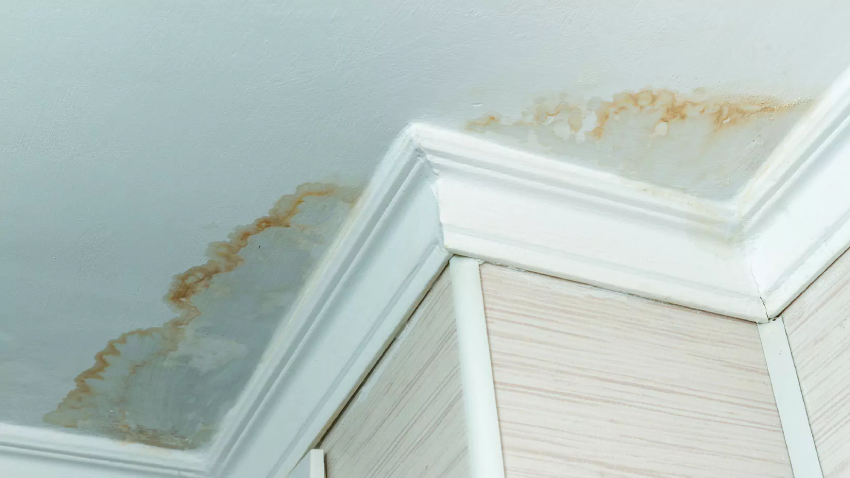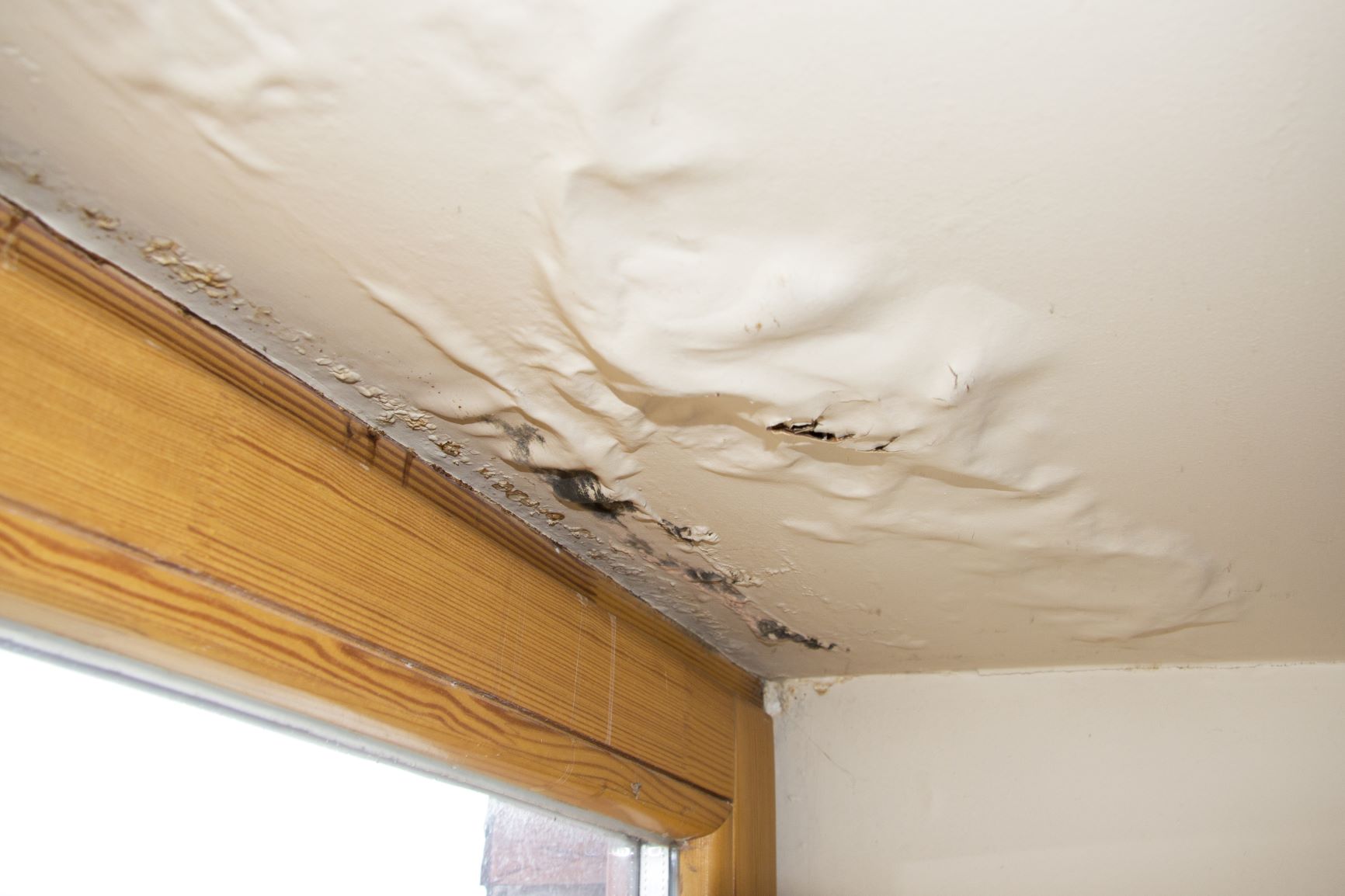Leading Water Mitigation Company Offering Fast and Efficient Solutions
Leading Water Mitigation Company Offering Fast and Efficient Solutions
Blog Article
The Process of Water Damage Clean-up: Ensuring Your Home Is Restored Successfully
Water damages can be a difficult obstacle for house owners, necessitating a organized and careful cleanup process to recover safety and capability. At first, a detailed assessment is critical to identify the level of the damage and identify the proper removal measures. Following this, effective water extraction strategies play a pivotal function in reducing additional damage. Nonetheless, the subtleties of drying out, disinfecting, and eventual repair are equally necessary and frequently ignored. Recognizing these stages can make a substantial distinction in the outcome of your home's remediation, motivating a closer check out what each action involves.
Evaluating the Damage
Upon uncovering water damages, the primary step is to completely examine the level of the effect. This initial assessment is crucial, as it aids determine the required steps for efficient cleaning and restoration. Begin by checking the affected areas, consisting of walls, ceilings, floorings, and personal possessions, to determine the resource of the water invasion, whether from flooding, leakages, or condensation.
Recording the damages is necessary for both insurance coverage claims and preparing reconstruction efforts - damage restoration services. Use photographs and written notes to catch the intensity of the damage, keeping in mind any type of affected structural components and products. Pay special attention to locations that might not be instantly visible, such as behind wall surfaces and under carpetings, as hidden wetness can cause more difficulties, consisting of mold and mildew growth
Furthermore, examine the timeline of the water exposure. The longer the materials continue to be damp, the higher the possibility for damage. Comprehending the period of exposure will certainly inform the urgency of removal efforts. Inevitably, a detailed evaluation lays the groundwork for a successful water damage cleaning procedure, guaranteeing that all impacted locations are addressed properly and completely.
Water Extraction Strategies

Experts normally employ completely submersible pumps for bigger volumes of water, which can rapidly alleviate flooding in cellars or other impacted areas. For smaller amounts, wet/dry vacuums are usually utilized to remove recurring wetness from carpets and tough surfaces. Additionally, utilizing mobile extractors permits targeted removal in restricted areas or areas with fragile products.
In circumstances of infected water, such as sewage or floodwater, advanced extraction techniques may involve making use of biohazard tools to ensure safety and security and conformity with health policies. High-powered extraction devices are vital in decreasing water retention in architectural products, which can result in mold growth and architectural damage if not attended to quickly.
Inevitably, the efficiency of water extraction methods plays a crucial role in the general success of the water damages cleanup procedure, preparing for succeeding reconstruction initiatives.
Drying and Dehumidification
Once standing water has actually been successfully drawn out, the next vital stage in the water damage clean-up procedure is drying and dehumidification. This action is important to avoid further damages and mold growth, which can occur within 24 to 2 days in wet settings.
To accomplish efficient drying out, customized equipment such as industrial-grade air moving companies and dehumidifiers is employed. Air moving companies circulate air throughout wet surface areas, boosting evaporation rates, while dehumidifiers decrease humidity levels airborne, advertising a favorable atmosphere for drying out. The combination of these devices makes certain that wetness is attracted out from walls, floorings, and furnishings, allowing them to completely dry extensively.
It is very important to keep track of the drying out process very closely. Professionals usually make use of moisture meters to analyze the wetness web content in numerous materials, ensuring that all impacted areas reach appropriate dryness levels. This precise approach assists to protect against concealed wetness pockets that can lead to structural damage or unhealthy mold and mildew development.

Cleansing and Sanitizing
After the drying out visit here and dehumidification stage is full, the next important action in water damage cleanup is cleaning and sanitizing the affected locations. This process is critical to avoid the growth of mold, germs, and other pathogens that prosper in damp environments.
The cleaning phase commonly includes removing any debris, dust, and contaminants from surface areas using specialized cleansing agents. For hard surface areas, a combination of soap and water or business cleansing items is often used. Soft materials, such as upholstery and rugs, may call for a lot more comprehensive cleaning techniques, consisting of steam cleansing or deep extraction strategies, to make certain detailed sanitation.

Sanitizing follows cleaning, using EPA-approved anti-bacterials to get rid of dangerous bacteria. This step is crucial, particularly in locations that may have entered into call with floodwaters or sewer, as these sources can posture serious health and wellness risks.
Furthermore, it is essential to address any continuing to be smells, which might call for using odor neutralizers or sophisticated methods like ozone treatment. Appropriate cleansing and sanitizing not just restore the safety and health of your home however additionally prepared for successful remediation and fixings in subsequent stages of the water damages clean-up process.
Repair and Repair Services

When the evaluation is total, repair efforts can begin. In addition, floor covering may call for similar interest, depending on the level of water exposure.
It is vital to engage experienced restoration professionals throughout this procedure, as they have the knowledge to manage complex repair services efficiently. Additionally, they can help mitigate prospective future concerns, such as mold and mildew growth or architectural instability, therefore ensuring a safe and habitable living setting. Ultimately, effective reconstruction and fixings recover the home's stability and boost its total worth.
Conclusion
Finally, the procedure of water damage cleaning is crucial for bring back a home to its pre-damage problem. Each stage, from examining the damages to implementing reliable water removal methods, complied with by comprehensive drying out, disinfecting, and essential repairs, plays an essential function in guaranteeing security and compliance with structure criteria. Reliable implementation of these steps not just alleviates prompt damage yet likewise improves the long-lasting integrity and value of the property.
Water damage can be an overwhelming challenge for house owners, requiring a organized and precise clean-up procedure to restore safety and security and capability. Eventually, an extensive evaluation lays the foundation for an effective water damage cleaning procedure, ensuring that all affected locations are resolved effectively and extensively.
Reliable water extraction methods are crucial in alleviating damage and protecting against more problems following a water breach event.In final thought, the process of water damage cleaning is essential for restoring a home to its pre-damage problem. Each stage, from examining the damage to carrying out efficient water removal techniques, adhered to by comprehensive drying out, sterilizing, and needed repair click here now work, plays an essential function in making certain safety and conformity with structure standards.
Report this page